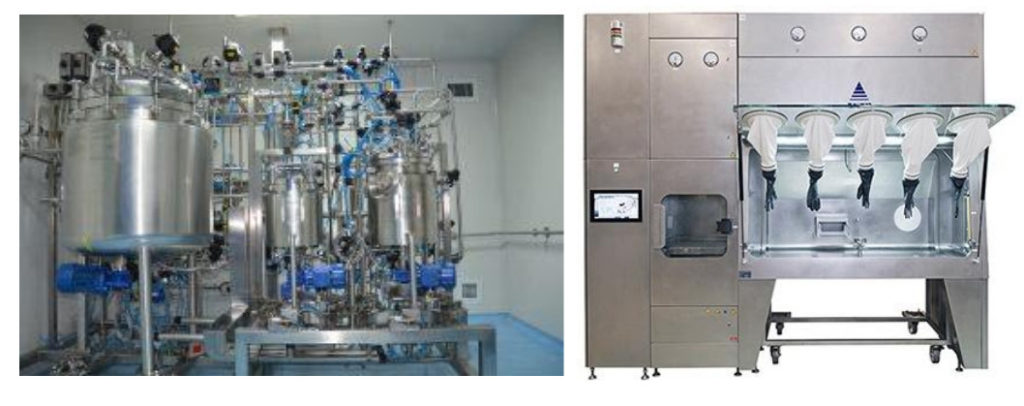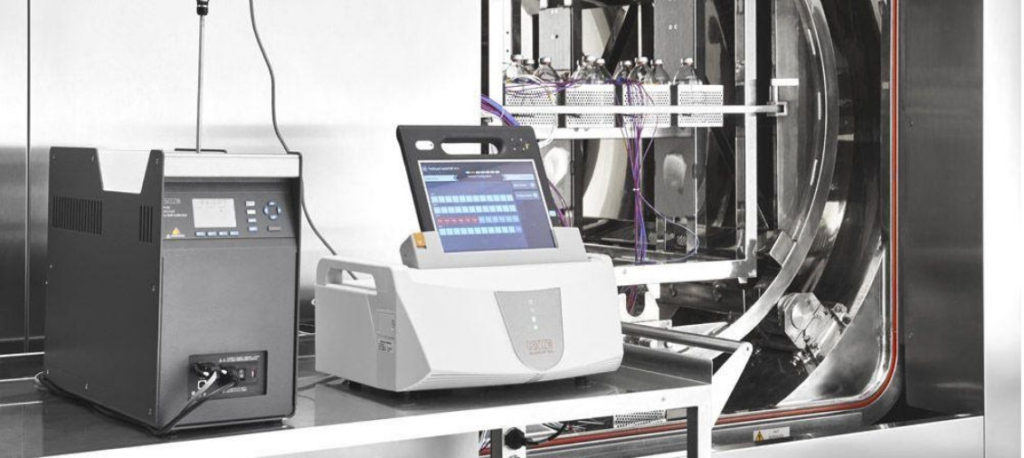SIP is a widely adopted method for the inline sterilization of processing equipment.
The main advantage of SIP is the reduction of aseptic connections and manipulations that might compromise the integrity of the downstream equipment.
Likely to be applied more and more with isolator and RABS technology.
ISO 13408-5:2006 Aseptic processing of health care products — Part 5: Sterilization in place

SIP (Sterilize, or Steam In Place) is a timed sterilization of the upstream and downstream pharmaceutical production line using clean steam. It is part of a 5-step sanitization routine that occurs after every production batch, and follows the final rinse after CIP (Clean In Place).
SIP ensures that every square inch of the production line that comes in contact with drug substance inputs, drug substance, or the final drug product is “sterilized” to ensure that there is no microbiological activity in the system. Clean Steam (made from USP Purified Water) is circulated through all of the process tubing during this stage, and enters large vessels through spray balls embedded in the vessel ceiling.
SIP is a temperature validated process, meaning that the sterilization event must be proven by measuring the temperature of the event and recording the data. The minimum sterilization regimen requires the injection of clean steam into all piping and vessels for at least 1/2 hour after they reach a minimum temperature of 250°F (121°C). If the temperature ever falls below 250°F (121°C) during the temperature hold period, a temperature validation fault is recorded, and SIP must be repeated.
Validation temperature sensors (usually thermocouple) are placed at the condensate outlets of process equipment to make sure that the sterilization temperature meets the specific regimen designed for the process system. The sensing elements are usually designed with integral sheathes and Tri-Clamp connections and are clamped directly to tubing tees, or the element is inserted into a Tri-Clamp thermowell connected to the tee. The sensors are normally located twelve to eighteen (12 – 18) inches (300 – 450mm) upstream of the clean steam trap where the condensate exits the piping or vessel
GAMP Services provides Turnkey Advanced Thermal validation services (As a project from protocol to report) for SIP system.
GAMP Services uses Kaye validator (AVS and 2000) for Advanced Thermal validation as well as high-temperature dry bath for Pre and Post calibration.

Kaye Validator -AVS model
Kaye Validator-2000 model
We provide a Customised report for SIP system along with the calibration traceability reports.
